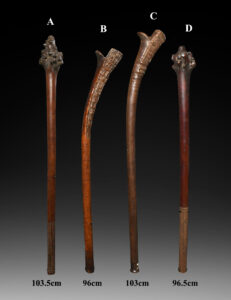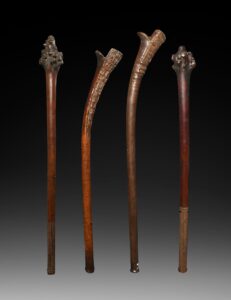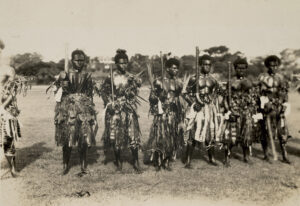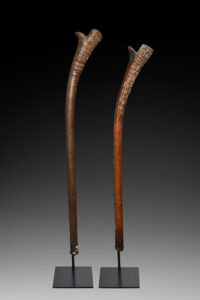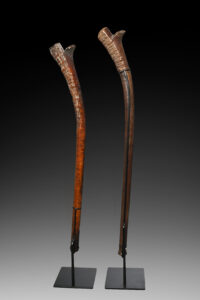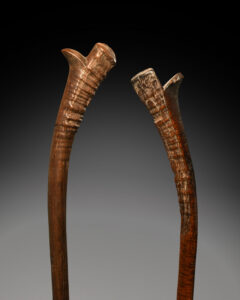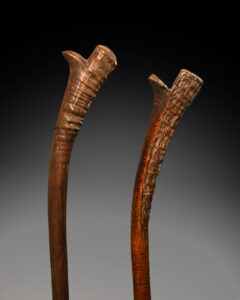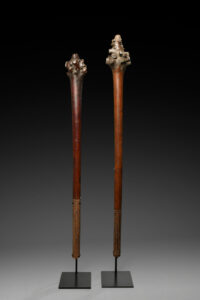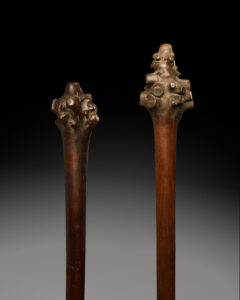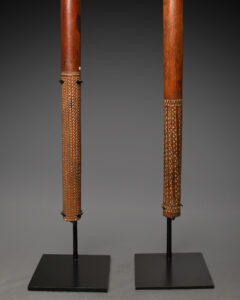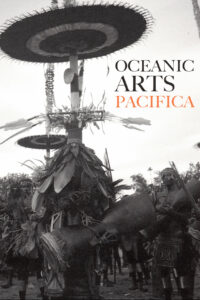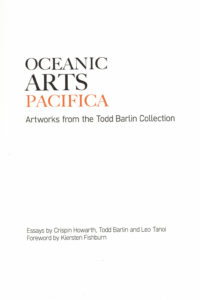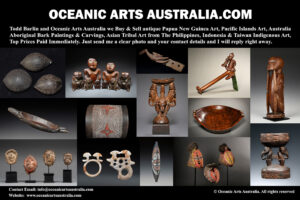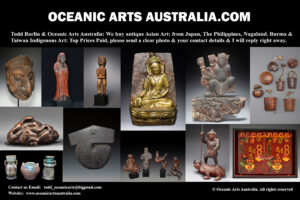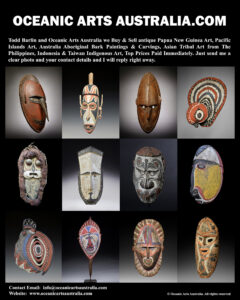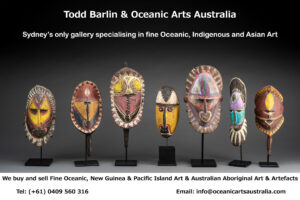Fine Old Fijian War Clubs 18th – 19th Century
| Collection No. | A, B, C, D Fijian Clubs |
|---|---|
| Size | 96cm to 103.5cm |
Four Fine Old Fijian War Clubs from the 18th – 19th Century
Fijian War Clubs come in many different types with different shapes & decorations, Fijian War Clubs were very important objects in the lives of Fijian men who were known as fierce warriors & sometimes cannibals in pre-contact European times. War Clubs were often family heirlooms passed through generations and were imbued with great Mana or spiritual power and also symbols of social status.
The type of tree wood used was very specialized and the club was also made to the size of the person who was to use it.
The Club was the Fijian warrior’s favourite weapon, he had his spears, from ten to fifteen feet long, efficient bows and arrows, and slings for throwing stones; but although these had each their special use none approached the club in popularity and daily use. Whether his tribe was at war or at peace, a man was seldom without it, until the end of the 19th Century no Fijian man left the precincts of his house unarmed. Whenever he left his village, even to work in his garden, he carried his club on his shoulder; and should he meet a man in the path, the club remained in that position, at alert, until on friendly recognition both men lowered their weapon in greeting.
Even in times of peace, when a man had occasion to visit a friendly village, he would not go unarmed lest the people should say, “He despises us; he comes without weapons.” He, therefore, carried a dress or token club, of size and style and enriched as befitted his social rank.
The range of types and styles of the club was exceptionally wide. High degrees of skill and patient care was given to the fashioning of clubs fit for the use of chiefs; and although certain types appear to have been more in favour than others, there was ample room for personal choice in pattern and enrichment.
The spurred club is commonly known as the “gun-stock,” from a fancied resemblance of the spurred head to the stock of a gun, the name is, however, apt to be misleading, for there is no evidence that these clubs were, in fact, imitations of the musket or derived from it. On the contrary, their wide distribution and their high stage of development, even amongst the hill people of the interior, suggest that this was a traditional form, in use long before the introduction of firearms at the beginning of the last centuries.
These are some finest early Fijian Clubs I collected over the past 40 years; some are from important historical collections from the 19th Century. As most of these clubs were collected in the 19th Century, it seems reasonable that some are dated from the late 18th Century.
They all have a deep old reddish-brown patina from handling and long use over generations
Provenance: The Todd Barlin Collection of Fijian & New Guinea & Polynesian Oceanic Art
ENQUIRE HERE
To see many more rare items and the finest masterpieces, please make an appointment with us to visit the gallery.
For all enquires, please contact us.

